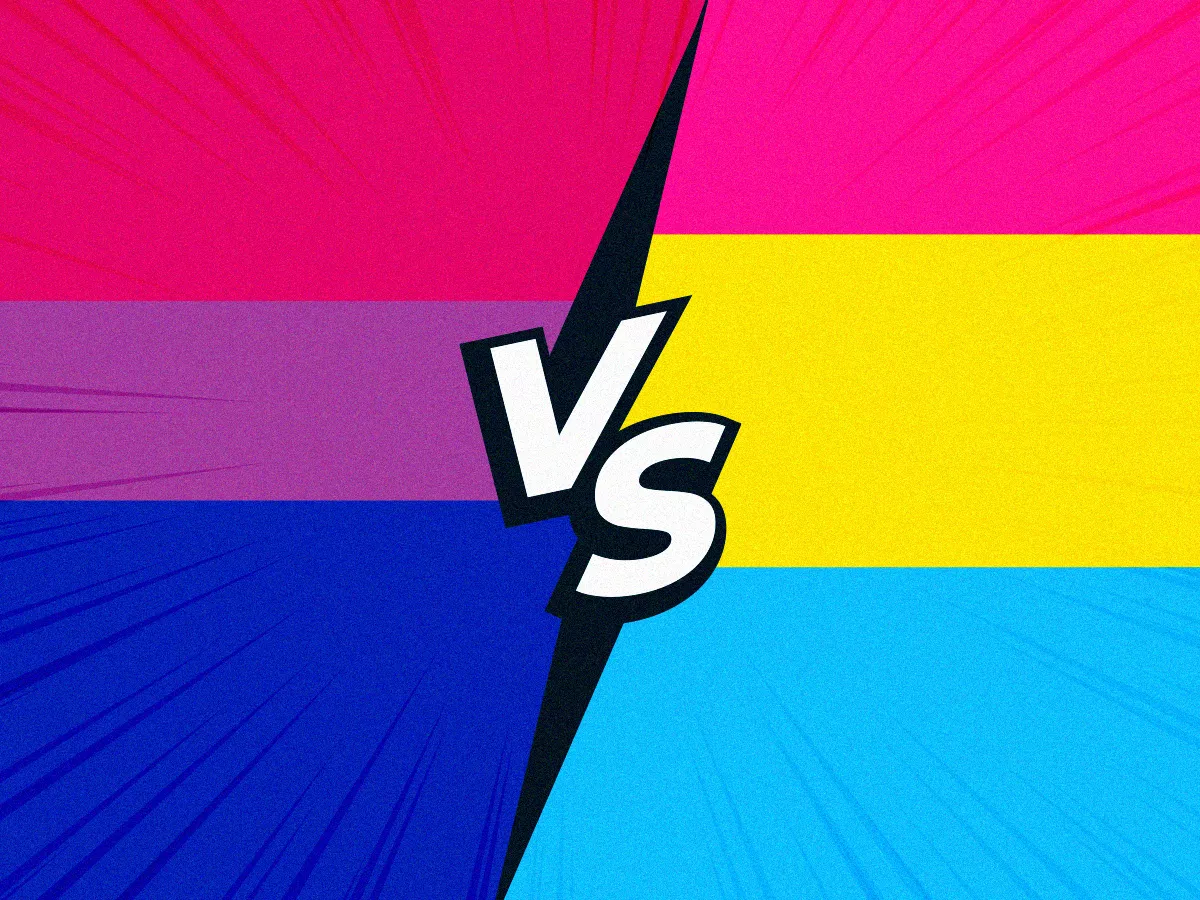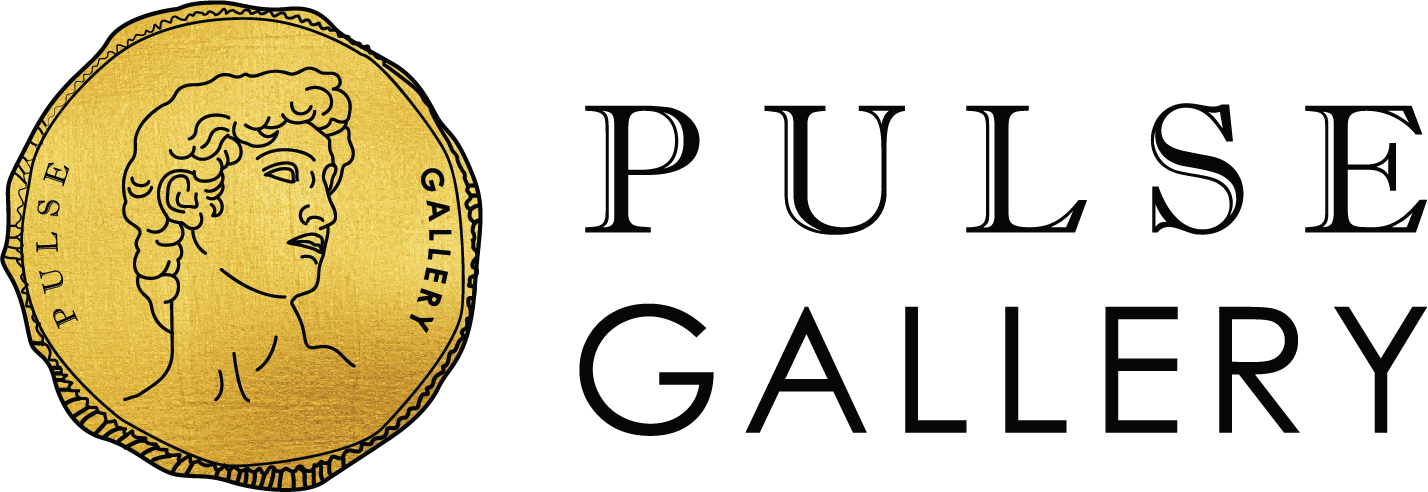Bisexuality Vs. Pansexuality
1861
What's the difference between bisexuality and pansexuality? Discover their definitions and how people may identify with each.

What’s the difference between bisexual and pansexual? This question is often repeated within our society and is not just something outsiders or boomers ask; even those identifying as either often wonder. So today, we are going to explore this topic!
What is Bisexual and Pansexual? (Bi & Pan)
Bisexual refers to a person who is attracted to both their own gender and other genders, often meaning “attracted to two or more genders.”
Many assume that “bi” implies bisexuals don’t recognize or are never attracted to non-binary or trans people, but that is not true. Some people use "bi" to mean attraction to only girls and boys, but this is not quite a universal definition.
Pansexual refers to a person being attracted to people of all genders, whether binary or non-binary. Some use the term to include trans individuals explicitly. Still, it is important to remember that “trans” is not a gender itself but rather a description of one’s experience of gender.
Essentially, pansexuality means being open to attraction regardless of gender. While some pansexual people may have gender preferences, others may not consider gender at all when it comes to attraction.
So what are their differences?
Most people understand bisexuality as being attracted to multiple genders, while pansexuality is characterized by attraction to all genders. Although there is an overlap between the two, they are distinct.
For example, a bisexual person might feel attracted to gender-fluid individuals, men, or non-binary people but not to women. In contrast, a pansexual person can feel attraction to individuals of any gender, though their experience of this attraction might differ.
In both cases, the type of attraction experienced can vary across genders. For instance, someone might feel romantic attraction to one gender and sexual attraction to another.
Types of Sexuality
People can identify with a wide range of sexual orientations. Some examples include:
- Asexual – someone who experiences little to no sexual attraction to others. This means they might not feel the desire to engage in sexual activities, although they can still experience other forms of attraction, such as romantic or emotional.
- Bicurious – someone who is interested in exploring or learning about being attracted to more than one gender, but is not yet certain about their sexual orientation. They may be curious about bisexuality and want to understand their own potential attraction to different genders.
- Demisexual – someone who only experiences sexual attraction after forming a strong emotional or romantic connection with someone. They don’t typically feel sexual attraction based solely on physical appearance or initial encounters.
- Gay – someone who is attracted to individuals of the same gender. This term is often used to describe men attracted to other men, but it can also apply to women who are attracted to other women.
- Multisexual – someone who is attracted to multiple genders. This term is often used as an umbrella to include orientations like bisexuality, pansexuality, and others that involve attraction to more than one gender.
- Spectrasexual – someone whose sexual attraction is fluid and varies across a spectrum of genders. They may experience attraction to different genders at different times or in varying degrees, reflecting a broad range of experiences.
People are free to determine their sexual orientation based on their feelings at any given time. It is possible to identify with one or more orientations and to experience changes in one's orientation over time. If someone doesn’t find a label that fits, they are welcome to create their definition of their sexuality.
Add us on Line and stay in touch.
Understanding Sexuality
Defining sexuality can be complex. There is still considerable debate about the fundamental concepts of gender and sexual identity. In recent years, there has been increasing acknowledgment that sexuality exists on a spectrum, moving beyond the traditional binary view. (Yay!)
At one end of this spectrum are people who are attracted exclusively to those of the opposite binary sex or gender. For instance, a heterosexual woman who is only attracted to men would fall into this category.
People who are attracted to the same gender or sex are at one end of the spectrum, while those attracted to multiple genders are somewhere in the middle. Attraction can vary; sexual attraction is about wanting sexual contact, while romantic attraction involves a desire for a deeper connection.
The spectrum approach has its critics, as it might not fully include everyone, such as those who are transgender and undergoing transition. Despite this, the spectrum model is a positive step forward from traditional binary views that leave out many people's experiences.
Identifying
Identifying your sexual orientation or gender can be challenging and confusing, especially for young people who may not yet be familiar with the concept of a spectrum. Understanding and finding what fits can take time and may involve exploring different aspects of the spectrum. Some people know their identity early on, while others might discover it gradually.
Learning about various gender identities and sexual orientations is helpful as these ideas continue to evolve. There is no right or wrong way to identify, and people don’t have to use labels or conform to any particular expectations if they don’t want to.
It is also alright to identify with multiple terms or to change how you describe yourself as your understanding evolves. Talking to others who have gone through similar experiences can be supportive. Keeping your feelings suppressed about sexuality might have avoided immediate discomfort, but it can eventually lead to bigger issues. The LGBTQIA+ community is generally welcoming, and while societal acceptance is growing, it can vary by location.
Frequently Asked Questions
Here are some common questions about sexual orientation and their answers.
Can I identify with multiple terms?
Anyone can identify with any romantic or sexual orientation.
Can I change it later on?
A person's identification can change at any time. They are free to choose and adjust as they see fit.
What if none of the terms feel right?
Many people find that using terms helps them identify and feel a sense of belonging, but it's not necessary to conform to any specific label. Everyone is free to define themselves as they wish or choose to avoid labels altogether.
Conclusion
Bisexuality and pansexuality can mean different things to different individuals.
Bisexuality usually refers to people who are attracted to more than one gender, while pansexuality generally describes those who feel attraction to people regardless of gender. The distinction lies in that bisexual individuals might not be attracted to every gender.
There is a broad spectrum of sexual orientations and gender identities, and our understanding of these concepts has evolved and will continue to develop.
Loading...
Clinic Locations
Loading...

























